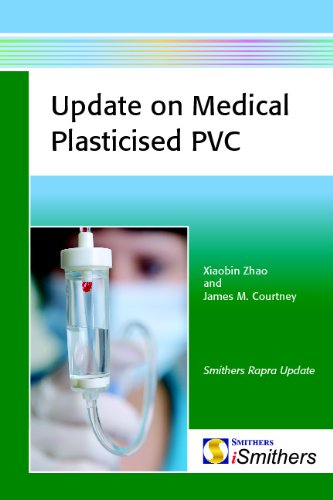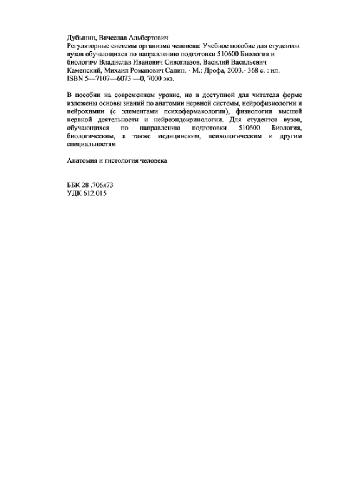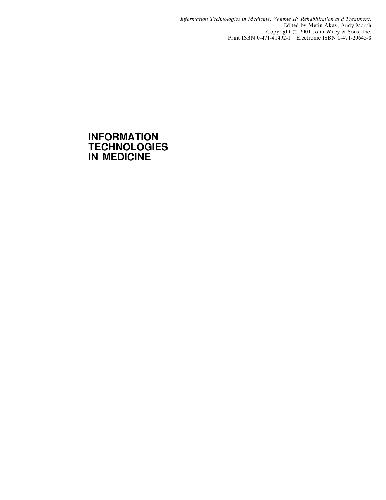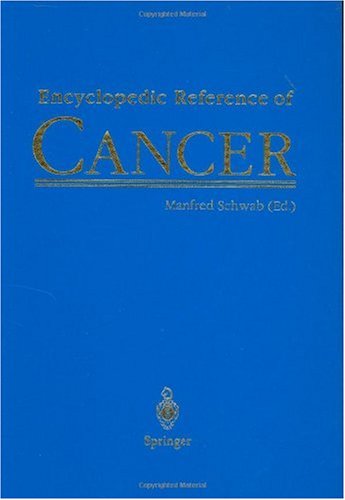Xiaobin Zhao1847352081, 978-1-84735-208-8
Table of contents :
Table of Contents……Page 5
Executive summary……Page 9
References……Page 14
1 Brief history of the medical applications of plasticised PVC……Page 17
References……Page 19
2.1.1 Suspension polymerisation……Page 21
2.1.3 Mass or bulk polymerisation……Page 22
2.2.1 Plasticiser……Page 24
2.2.2 Other additives……Page 34
2.3.1 Selection of plasticiser……Page 35
2.3.2 PVC-P compounding……Page 38
References……Page 40
3.2 Low-temperature properties……Page 43
3.5 Permanence properties……Page 44
References……Page 46
4.1 Introduction……Page 47
4.2 Advantages of PVC-P……Page 48
4.3 Disadvantages……Page 49
4.4 PVC-P as a blood-contacting biomaterial……Page 51
4.5 Other applications of PVC-P as a biomaterial……Page 53
References……Page 54
5.2 Blood-biomaterial interactions……Page 57
5.3 Factors influencing blood response to PVC-P……Page 59
5.3.2 Selection of plasticiser……Page 60
5.3.4 Plasticiser surface level……Page 63
5.3.5 Plasticiser surface distribution……Page 64
5.3.7 Nature of application as devices……Page 66
5.4.1 DEHP migration and extraction……Page 67
5.4.2 Toxicity of DEHP……Page 68
5.4.3 Alternatives to DEHP……Page 73
5.4.4 Alternatives to PVC-P as a blood-contactingbiomaterial……Page 77
5.4.5 New development of PVC-P biomaterials……Page 78
References……Page 81
6 Modification of PVC-P surface for improved blood compatibility……Page 91
6.1 Physical treatment……Page 92
6.2 Chemical treatment……Page 93
6.3 Biological treatment……Page 95
References……Page 97
7.1 Environmental and health concerns, and regulatory issues……Page 103
7.1.1 Sterilisation……Page 106
7.2.1 Market for PVC……Page 107
7.2.2 Market for PVC medical devices……Page 108
7.3 Emerging technology……Page 110
References……Page 111
Abbreviations……Page 113
Subject Index……Page 117







Reviews
There are no reviews yet.